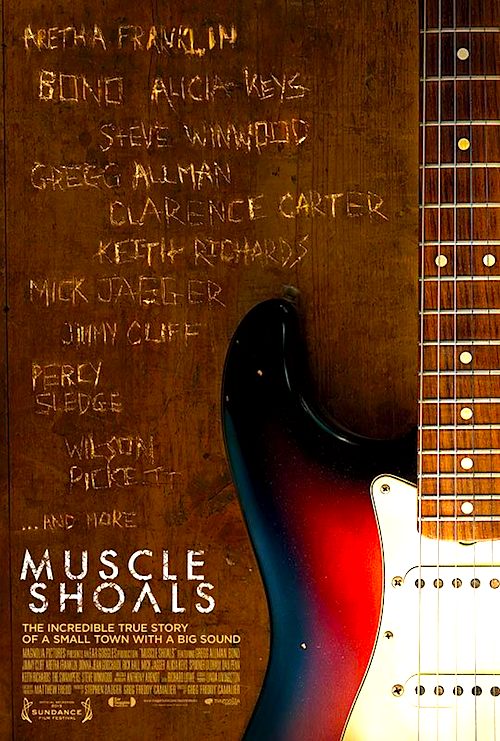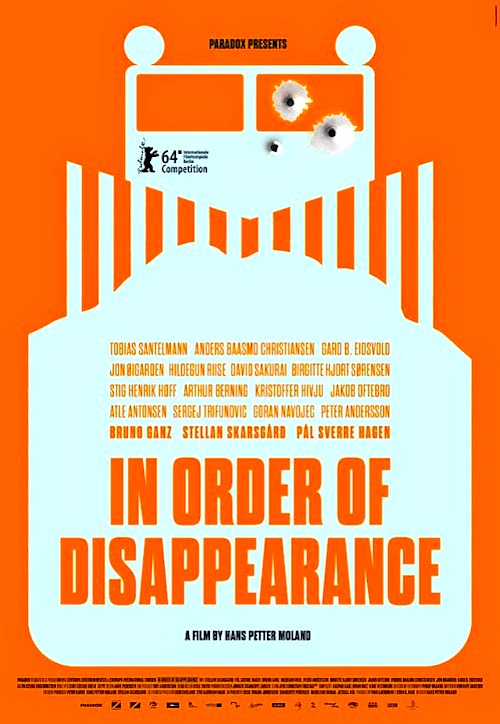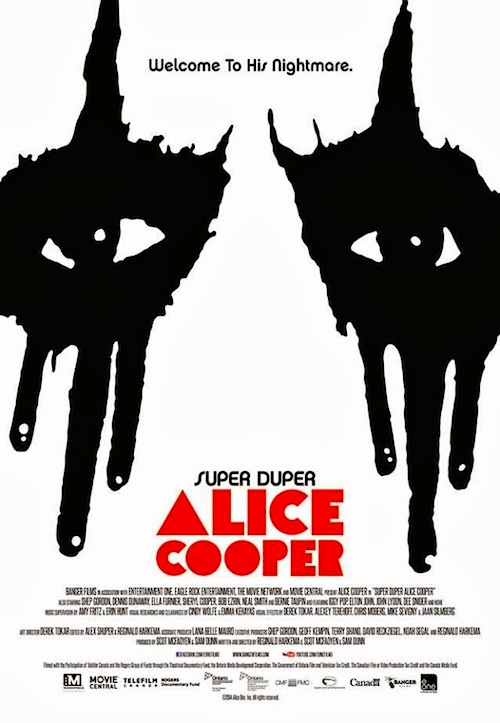By Joe Bendel. Matthew Sweet is the Grunge version of Eddie Wilson from Eddie and the Cruisers. He only cut one classic album, but many fans still believe he faked his own death to avoid the onslaught of fame. After all, no corpse was ever recovered from his misadventure on that fateful bridge. His former girlfriend has sort of moved on, in a wounded, self-destructive kind of way. However, she will have to seek some closure whether she wants to or not in Megan Griffiths’ Lucky Them, which screens during the 2014 Tribeca Film Festival.
Music critic-journalist Ellie Klug has a bad reputation for sleeping with musicians and blowing off deadlines. She has managed to get by on her street cred as the woman who was there when the Seattle scene exploded, but the editor of Stax is finally ready to cut her loose (really, an alt rock magazine named after one of the all time great soul record labels?). She has one last chance. Her assignment (that she must accept) will be to follow-up on a new lead on Sweet’s whereabouts and hopefully score a reunion for her readers. Reluctantly partnering up with a wealthy old flame who now fancies himself a documentary filmmaker, Klug sets off in search of Sweet.

Lucky Them largely follows the conventions of road movies, but it has a good handle on the witty and insightful people who practice music criticism. Tough and earthy, yet also vulnerable, Toni Collette’s work as Klug follows vaguely in the tradition of Rosalind Russell in His Girl Friday. She also develops some appealing comedic chemistry with Thomas Haden Church, whose trademark deadpan delivers consistently scores solid laughs. Lucky Them also features a surprise cameo from a genuinely big name who typically commands a pay check greater than the film’s presumed budget. Even more impressively, Joanne Woodward (real Hollywood royalty) served as an executive producer, which probably explains the mystery guest’s participation. You do not say no to Ms. Woodward if you have any understanding of the history of your craft.
To its considerable credit, Lucky Them is much smarter and funnier than skeptical viewers will expect. Griffiths keeps it snappy, but also recognizes when to give a moment time to breathe. Recommended for general audience and jaded music journalists alike, Lucky Them screens Monday (4/21), Wednesday (4/23), and Saturday (4/26) as part of this year’s Tribeca Film Festival.
LFM GRADE: B
Posted on April 21st, 2014 at 3:20pm.






